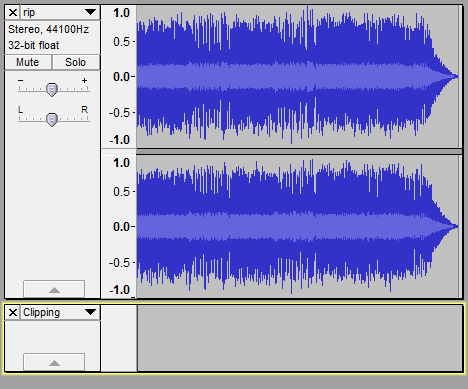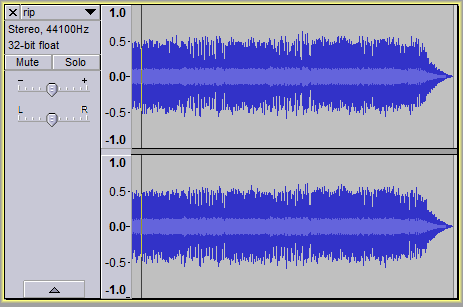
Part 5: Quality
If you want to make a rip of the highest quality, there are many, many minor details which need to be checked. This section will cover only some of them.
A lot of new rippers don’t pay much attention to the length of individual notes, but instead simply hold each note until the next one starts. This is sometimes what you want, but not always. Pay attention to both the base and the source and figure out the right place to end your notes. An important tip for music in general is that the rest is as important as the note.
One last thing to do before you render is to listen to your rip and the original song side-by-side and listen carefully for any differences you can hear, any at all (apart from the deliberate changes). This is sort of a last check for a variety of accuracy issues. Check balancing, check panning, check that the instrumentation is correct, check for levels of effects like reverb, and so on.

Now that you’re ready to render, the first concern is render volume. After rendering a rip, open it up in Audacity and visually inspect the waveform. If you render your rip too loud, the waveform rendered will exceed the maximum or minimum amplitude and cut off. This is called clipping. Audacity has a tool built in for checking clipping, and it’s very useful. It’s actually OK for a wave to clip a little bit at points for effect, but don’t attempt this unless you’re sure you know what you’re doing. Generally you want to render low enough that your rip does not clip.

Too soft can also be a problem. You don’t want people to have to turn up the volume to listen to your rip, and then have the next thing they listen to be surprisingly and unpleasantly loud. What I tend to do is aim for my peak to be between 80 and 100 percent of the maximum amplitude. Another way is to switch back and forth between your rip and the original, or an unrelated professionally mixed track, until both seem to be the same volume or near enough to it. If your rip isn’t loud enough, you can either increase the volume and re-render, but it’s also OK to use Audacity to amplify it. The default settings will amplify it until the peak is just touching the maximum (or minimum) value, which is what you probably want in most cases.

Most video game music loops, and if you’re ripping a song that loops, your rip should not end abruptly, but rather fade out at the start of the second loop. I would recommend a fade length of 10 seconds at a minimum, but I personally prefer 15. Something else you can do is modify the fade length based on the BPM of the song. Faster BPM allows a shorter fade time, and vice versa.
If your rip is mostly just for humor, you probably only want to play one loop and then fade out at the start of the second loop. If your rip is musically pleasing to listen to, you probably want to let it play two full loops before you fade out—this is standard for video game music OSTs.
While you may not be the type of person who insists on only listening to FLAC, it is worthwhile to keep a lossless copy of any music you create. This is useful if you ever want to put it onto an album, or if you lose the project files and you need to make some emergency post-production edits. (While we’re on the topic, you should archive your project files forever. You never know when you might need them.) Generally, you don’t want to save as MP3 until you’re totally done working on a rip, as every MP3 conversion will reduce the audio quality. Once is acceptable and not noticeable, but compressing it twice is to be avoided.
So yes, any renders you do should be in a lossless format like WAV or FLAC unless you’re spitting out a quick work-in-progress or preview. It’s pretty standard to render with a sample rate of 44100Hz and 16 bits per sample. You can go higher but there’s really no need.
Once you have a lossless render, you should then either re-render in MP3, or use Audacity or foobar2000 to convert the lossless render to MP3. I tend to render MP3s as V0, which is the highest quality variable bitrate encoding the format allows. What the “best” bitrate is is a heated and ongoing debate that nobody really agrees on, so honestly, it’s best to offer lossless downloads in addition to some “good enough” lossy option such as V0 MP3 so the people who really care can get it and transcode to whatever bitrate they personally like best.